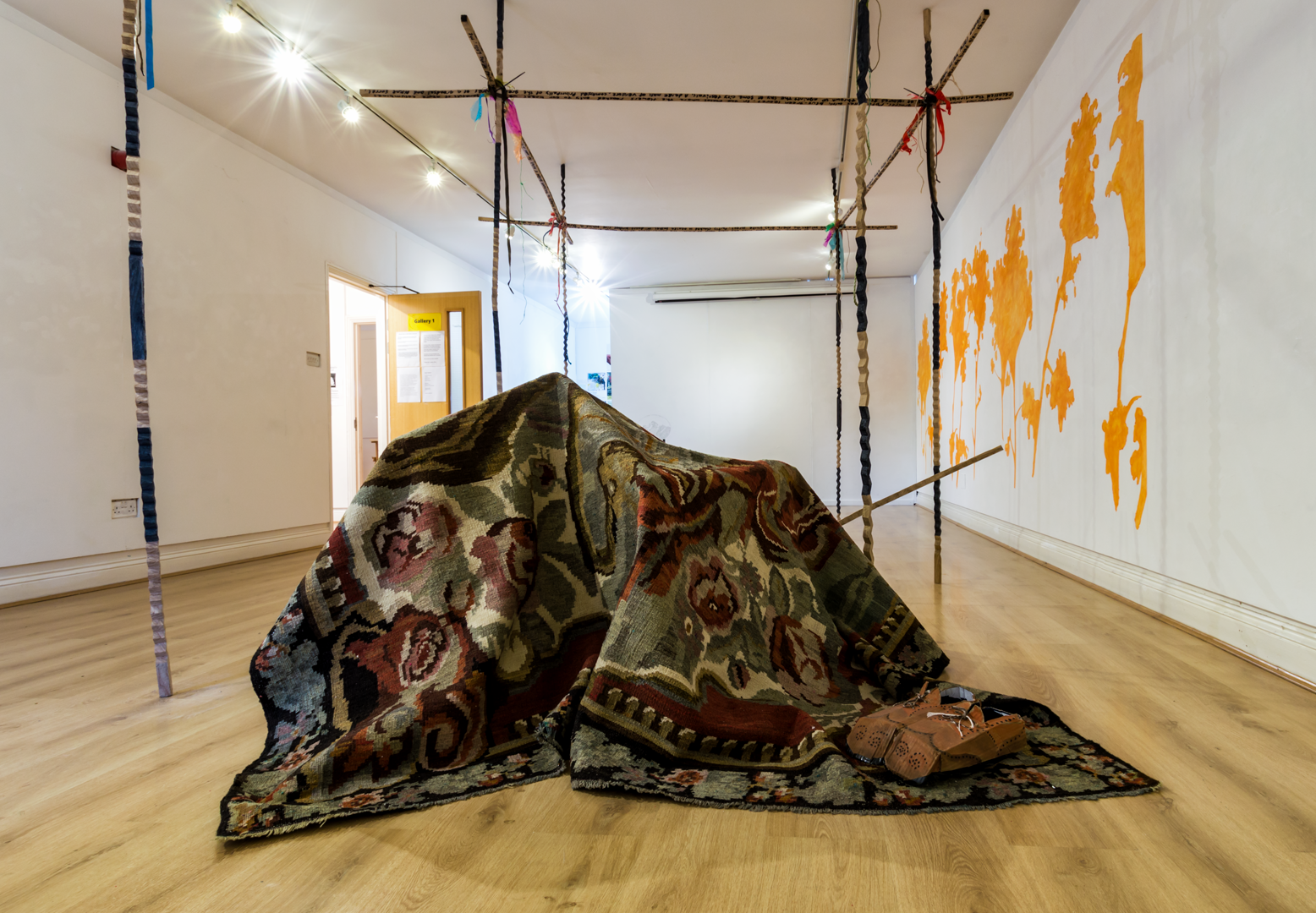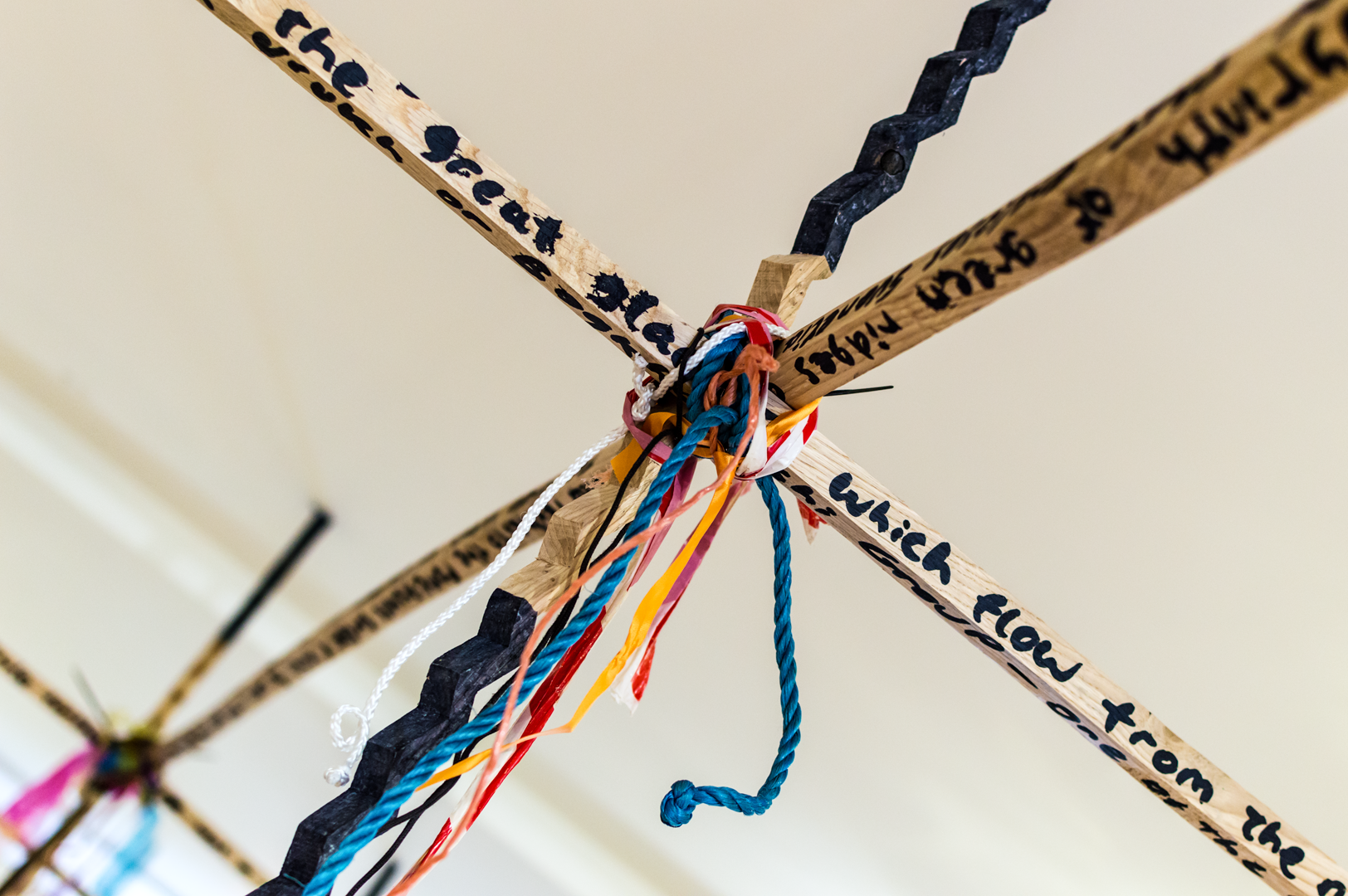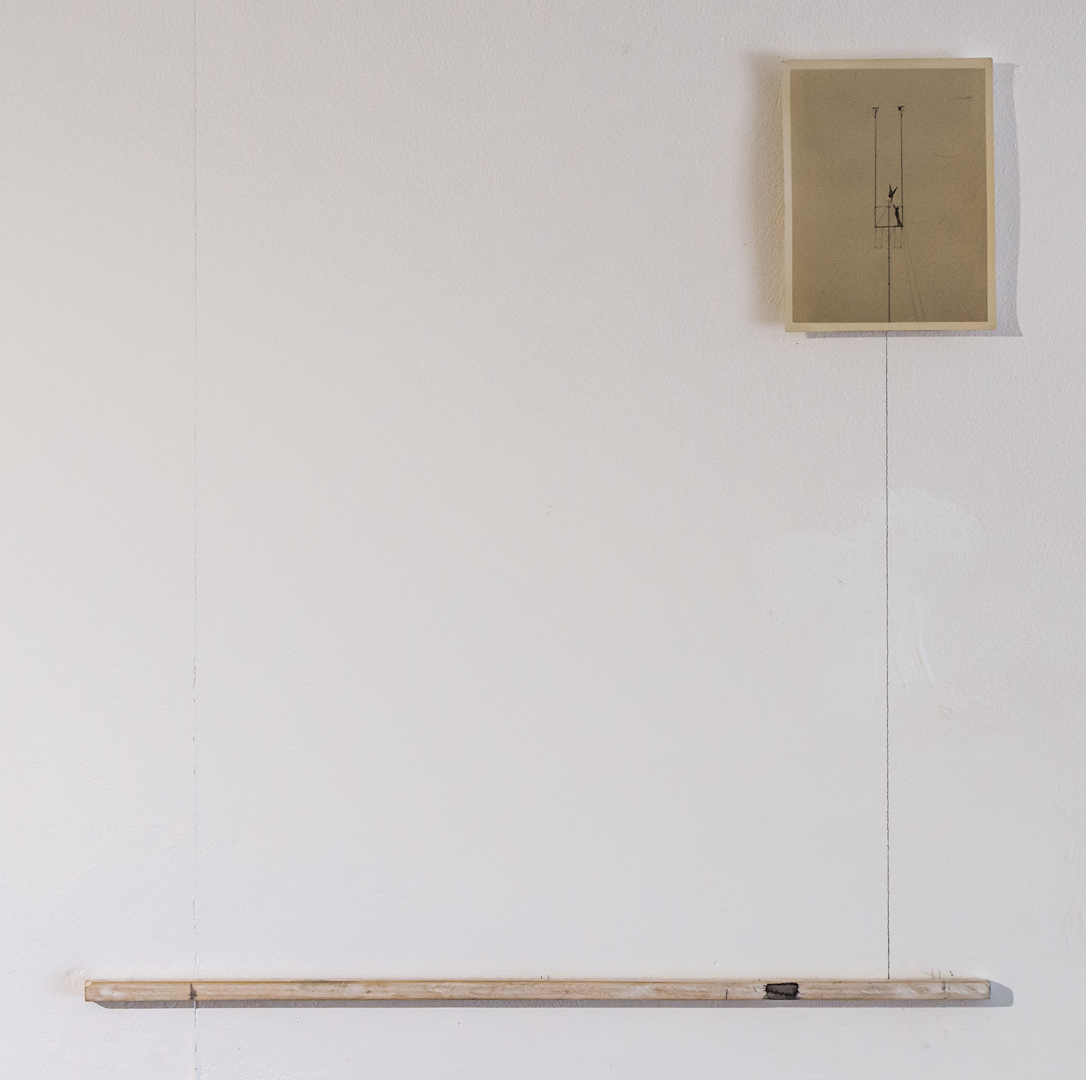LC. Where and when did you study art?
MH. In the late 80’s I went to Camberwell College of Art, then Edinburgh College of Art, Maryland Institute College of Art, Skowhegan School of Painting and Sculpture. I finally graduated with an MA in 1992 and then later went back to study electronic imaging at Duncan of Jordanstone College of Art.
LC. How did your practice develop?
MH. This isn’t something I’ve ever thought about - probably because it’s hard to see one’s own practice in objective terms. I suppose there were three main blocks of development. First the years immediately after studying when I tried to live as an artist and discovering how making art was and wasn’t practically and emotionally sustainable.
Then falling almost accidentally into digital design and long years of irregular income, children, home – but very little art-practice development.
And latterly the current phase in which I’ve returned to making art but am also trying to maintain an income from design work. While there is a balance between making art and making a living that I have never resolved, I have learnt that while a job contracts art-making time, it also frees one from the need to have to make a living from the art. And I suppose this, if anything, is a characteristic of any practice development: a desire for a freedom of practice, unhindered by any compunction to justify what it is I make. Of course one only desires what one doesn’t have, so immediately an unresolved tension in my practice is exposed – that I both desire to be free to respond immediately as an artist and simultaneously I also want what I make to be in some way to be ‘art-like’, to be anchored.
LC. Is concept /the idea the starting point and how do you explore your ideas? Writing, drawing?
MH. No, concepts are not a starting point, there isn’t really a starting point - things come out of each other… there’s a natural evolution of made things and while these may seem very different there’s an internal thread. Maintaining this continuum is the difficulty, particularly when there are so many other demands to meet.
I do of course spend a lot of time thinking and ideas/concepts are a part of the practice but not in a direct way. Rather there is a cross-over or inter-play between research and practice but neither should ever restrict the other.
LC. Is the venue/space a starting point for the development of the work?
MH. The difficulty of showing in a space that is already heavily imbued with history, aesthetic or some kind of story is that the artwork has to respond to this. It becomes in some way subservient to the space. While an artwork must respond to a space – must work within that space – the gallery space itself needs to be in some way neutral.
Having said that I am interested in the idea of poetic space or transformative space. I do believe there are spaces, perhaps particular to the individual that are conducive to a certain openness, or opening. Places where one comes across the gossamer thin barrier between one reality and another.
LC. Where do you look for inspiration? Poetry, history, politics?
MH. It’s easier to say that I don’t go looking for inspiration, sometimes I come across it. It’s a rare thing.
LC. Is painting, sculpture, drawing important in your practice?
MH. All of the above and singing, reading, walking and stocking the fridge, etc
LC. Craft, making ink, carving wood, sensitive drawings are evident in this exhibition, do you feel this skill is important in creating an installation.
MH. While I am keen to explore a greater freedom in my practice there is, in equal measure, a need to be anchored to the actual practicality of making things. It’s not particularly a skill necessary in creating an installation however, it’s just an aspect of my own practice.
LC. Do you think you need to explain the reasons behind your work or would you prefer the public to come to their own conclusions?
MH. People should always come to their own conclusions shouldn’t they? I’m not interested in manipulating what people should or shouldn’t think. There’s far too much of this kind of thing around at the moment as it is.
LC. How do you justify the criticism of 'I don't understand this"?
MH. I’m not seeking that my work should be universally understood. I am not seeking to teach or explain anything, I’m not trying to demonstrate a skill or craft and I’m not trying to influence anyone. I make first for myself. It has to be that way - making art simply isn’t authentic or sustainable if it isn’t firstly an entirely personal practice.
In the event of showing of course I’d hope that the work communicated something to visitors but in reality if one or two people find something in it, that’s perhaps all one can hope for.
I realise this artwork can come across as difficult, tangential and oblique but I don’t believe as an artist its part of my job to be saying, ‘I need to make this thing easier to understand’. Apart from anything else, it’s hardly a feasible proposition, when I barely understand it myself.
LC. Does an artist have a duty to engage the public?
MH. Not really – the gallerist or curator does.
That said I recognise that when other people see what I’ve made, I see what I’ve made entirely differently. In some way an artwork only comes truly itself when its shown publicly as it comes away from the artist’s ownership. This is a difficult area – there is no ‘duty’ to engage, its rather that I sometimes would like what I’ve made to exist, even for a short while independently from me and this can happen when the work is shown in an exhibition environment.
LC. How can artists make a living if their work is mainly conceptual?
MH. Apart from a few ‘successful’ artists they can’t on the whole - that’s why I work full time at Visit Scotland as the design manager. It will not be a surprise to anyone that the path to success has eluded me and in fact remains a complete mystery.
LC. Is the satisfaction of creating a piece from an idea to the finished piece enough to fulfil you?
MH. In a way, the things one make don’t finish - or they don’t resolve. If they did, what reason would one have to continue to make another. Its more that there is a continuum to the process, one things leads to the next and out of this process partially formed things are kept or presented. The partially formed things that I keep or show are those things I recognise and yes, sometimes with a few isolated elements, I think there is, after a while some sense of satisfaction.
LC. How did you find the experience of working at Oriel Q and were you satisfied with the response?
MH. It was great - I met a few people and enjoyed the chat a great deal. Oriel Q is rare and wonderful thing and should be treasured.
To view more images of Mark Haddon's show here at Oriel Q, click HERE





